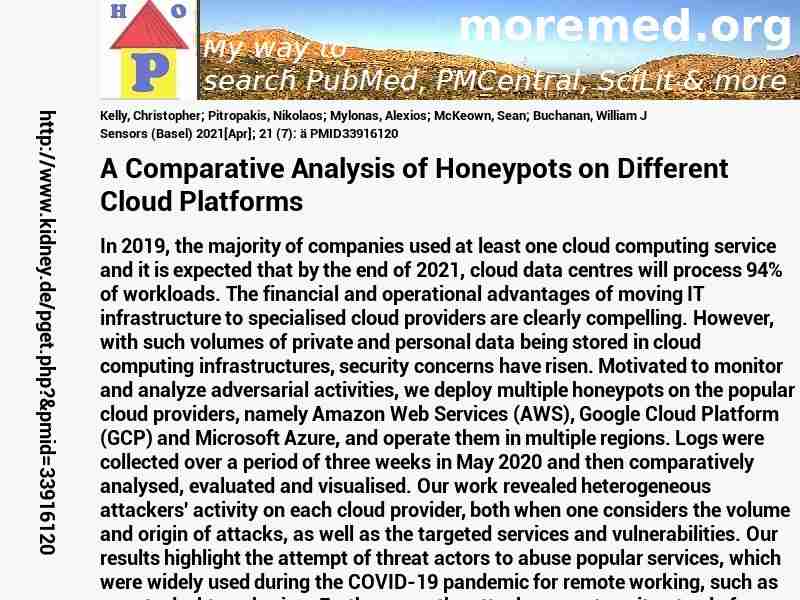
|
10.3390/s21072433
http://scihub22266oqcxt.onion/10.3390/s21072433

33916120!8036602!33916120
 free free
 free free
 free free
Warning: file_get_contents(https://eutils.ncbi.nlm.nih.gov/entrez/eutils/elink.fcgi?dbfrom=pubmed&id=33916120&cmd=llinks): Failed to open stream: HTTP request failed! HTTP/1.1 429 Too Many Requests
in C:\Inetpub\vhosts\kidney.de\httpdocs\pget.php on line 215
|  
Deprecated: Implicit conversion from float 211.6 to int loses precision in C:\Inetpub\vhosts\kidney.de\httpdocs\pget.php on line 534
Deprecated: Implicit conversion from float 211.6 to int loses precision in C:\Inetpub\vhosts\kidney.de\httpdocs\pget.php on line 534
Warning: imagejpeg(C:\Inetpub\vhosts\kidney.de\httpdocs\phplern\33916120.jpg): Failed to open stream: No such file or directory in C:\Inetpub\vhosts\kidney.de\httpdocs\pget.php on line 117
 Sensors+(Basel) 2021 ; 21 (7): � Sensors+(Basel) 2021 ; 21 (7): �
Nephropedia Template TP
gab.com Text
Twit Text FOAVip
Twit Text #
English Wikipedia
|
A Comparative Analysis of Honeypots on Different Cloud Platforms #MMPMID33916120Kelly C; Pitropakis N; Mylonas A; McKeown S; Buchanan WJSensors (Basel) 2021[Apr]; 21 (7): � PMID33916120show ga
In 2019, the majority of companies used at least one cloud computing service and it is expected that by the end of 2021, cloud data centres will process 94% of workloads. The financial and operational advantages of moving IT infrastructure to specialised cloud providers are clearly compelling. However, with such volumes of private and personal data being stored in cloud computing infrastructures, security concerns have risen. Motivated to monitor and analyze adversarial activities, we deploy multiple honeypots on the popular cloud providers, namely Amazon Web Services (AWS), Google Cloud Platform (GCP) and Microsoft Azure, and operate them in multiple regions. Logs were collected over a period of three weeks in May 2020 and then comparatively analysed, evaluated and visualised. Our work revealed heterogeneous attackers' activity on each cloud provider, both when one considers the volume and origin of attacks, as well as the targeted services and vulnerabilities. Our results highlight the attempt of threat actors to abuse popular services, which were widely used during the COVID-19 pandemic for remote working, such as remote desktop sharing. Furthermore, the attacks seem to exit not only from countries that are commonly found to be the source of attacks, such as China, Russia and the United States, but also from uncommon ones such as Vietnam, India and Venezuela. Our results provide insights on the adversarial activity during our experiments, which can be used to inform the Situational Awareness operations of an organisation.�
  
DeepDyve
Pubget Overpricing | 
|